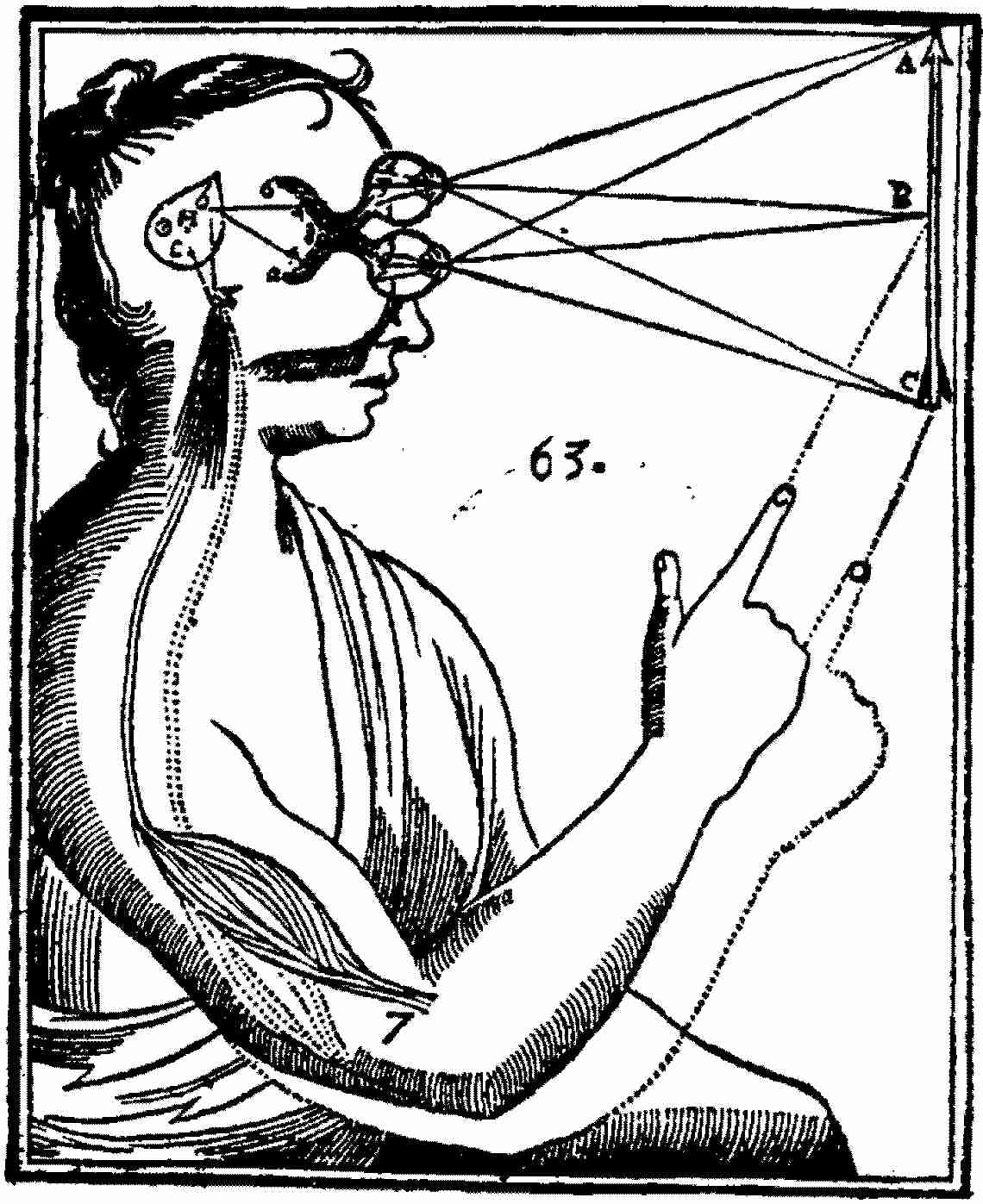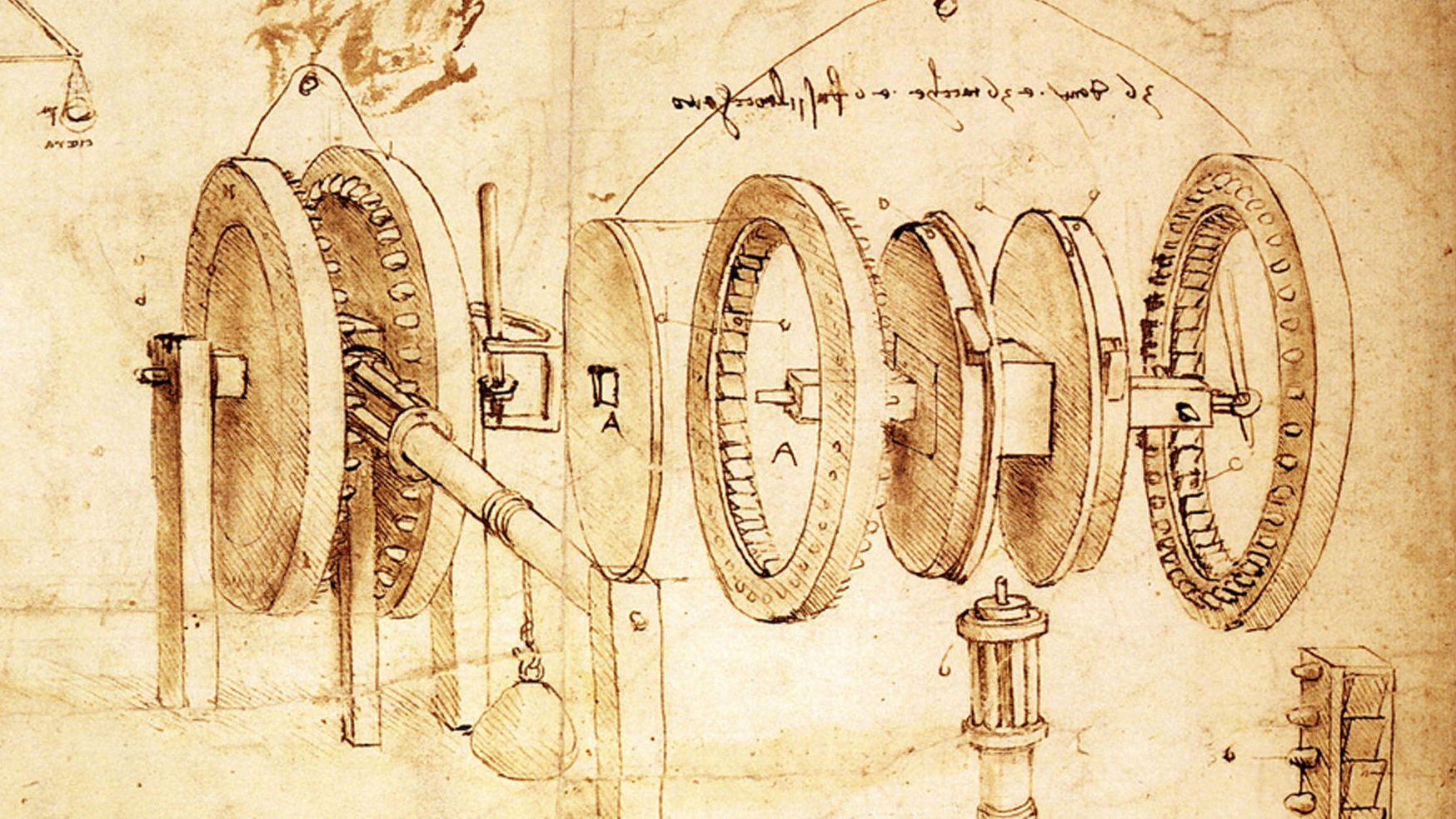
It is a pleasure to announce that Henrik Lagerlund recently co-edited with Benjamin Hill and Stathis Psillos a volume on the problem of causal powers and its history: Reconsidering Causal Powers. Historical and Conceptual Perspectives (Oxford: OUP, 2021). The papers composing the book cover different periods ranging from Ancient to contemporary philosophy. A striking conclusion following from this collection of papers is the fact that causal powers represent a persisting theme having survived centuries and that the violent rejection of causal powers typical of Modern philosophy was nothing more, in the end, than a mere parenthesis in this history. Informations and table of contents can be found here. We are also glad to say that a conference on causal powers focusing more specifically on the late Middle Ages will be organized here in Stockholm next spring (May 2022).

